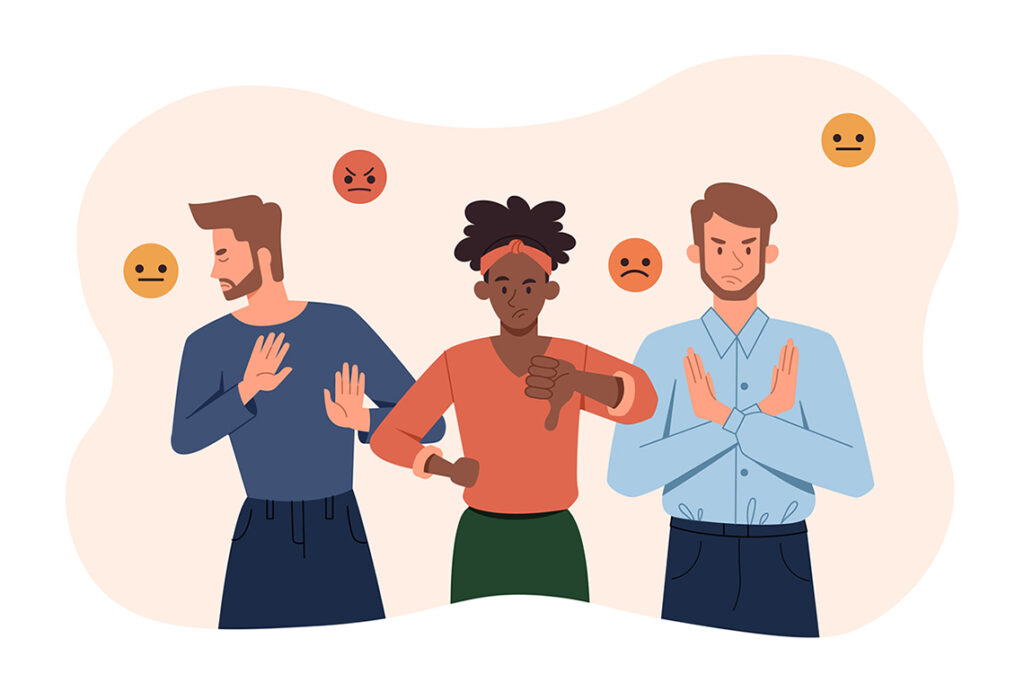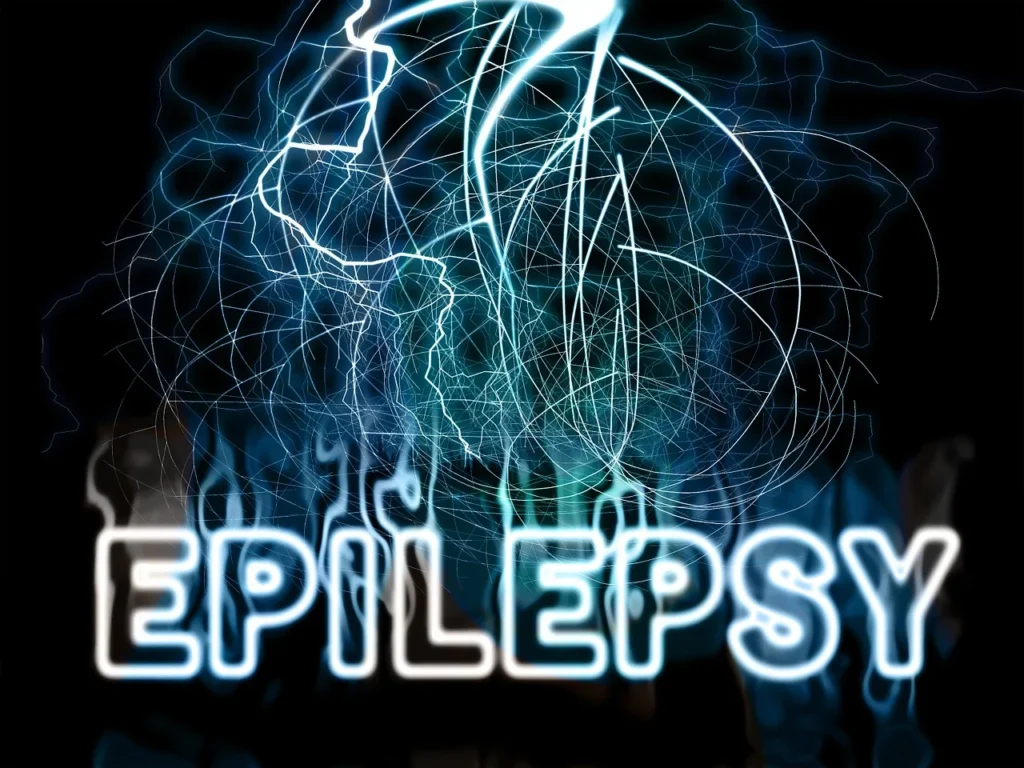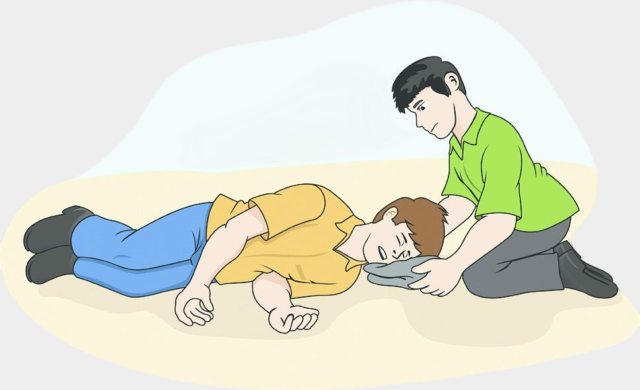Introduction
Have you ever felt crushed by even the smallest hint of criticism or rejection? Do you find yourself replaying negative comments in your head for days, feeling an intense wave of shame or sadness? If so, you might be experiencing something called Rejection Sensitive Dysphoria, or RSD — a condition that causes overwhelming emotional pain in response to real or perceived rejection.

RSD isn’t just “being too sensitive.” It’s a powerful emotional reaction that can affect your relationships, self-esteem, and overall mental well-being. Though not officially listed as a separate diagnosis in the DSM-5, RSD is commonly discussed in connection with ADHD and other conditions that involve emotional dysregulation.
In this article, we’ll explore RSD in detail — what it is, what it feels like, why it happens, and how to cope with it compassionately. Let’s dive deep into the heart of emotional sensitivity and learn how healing begins when we start to understand ourselves.
What Is Rejection Sensitive Dysphoria (RSD)?
Rejection Sensitive Dysphoria (RSD) describes a heightened emotional response to perceived rejection, criticism, or failure. The word “dysphoria” means deep emotional discomfort or sadness. In RSD, this discomfort becomes magnified — even minor comments or misunderstandings can trigger an intense internal reaction.
People with RSD often interpret neutral or slightly negative feedback as proof of personal failure or unworthiness. They might withdraw, lash out, or feel deep shame after small interactions that others might overlook.
RSD is frequently associated with Attention-Deficit/Hyperactivity Disorder (ADHD) and Autism Spectrum Disorder (ASD), though anyone can experience it. The emotional intensity comes from how the brain processes social cues, rejection, and emotional pain.
RSD can make you feel:
- Crushed by criticism, even if it’s constructive.
- Anxious about making mistakes or disappointing others.
- Constantly worried about being judged or disliked.
- Quick to assume others are angry or disappointed in you.
For someone living with RSD, life can feel like walking through an emotional minefield — constantly bracing for rejection that might not even exist.
How Do You Know If You Have Rejection Sensitivity Dysphoria?
RSD can be tricky to identify because its symptoms overlap with anxiety, depression, and trauma-related responses. However, there are emotional patterns that make it distinct.
You might have RSD if you:
- Feel devastated by mild criticism or perceived rejection.
- Overthink interactions, replaying what you said or did “wrong.”
- Struggle with intense emotional reactions that feel impossible to control.
- Avoid situations where you could fail or be judged.
- Experience sudden mood swings after social rejection or failure.
- Feel like you’re “too sensitive” but can’t turn it off.
Many people with RSD describe feeling emotionally flooded — an instant, powerful wave of pain, anger, or shame that can last for hours. Afterward, they may feel emotionally drained or numb.
While only a qualified mental health professional can assess emotional disorders, recognizing these signs is an important first step toward healing.
What Are the Symptoms of RSD Rejection?
The symptoms of RSD go beyond emotional hurt. They can affect your behavior, thought patterns, and even physical well-being. Here are common ways RSD shows up in daily life:
Emotional Symptoms
- Sudden, overwhelming feelings of sadness or anger after perceived rejection.
- Intense fear of disappointing others.
- A deep sense of shame or worthlessness after small mistakes.
- Emotional shutdown or withdrawal to avoid getting hurt again.
Behavioral Symptoms
- Over-apologizing or people-pleasing to prevent rejection.
- Avoiding relationships or challenges for fear of failure.
- Perfectionism — trying to control outcomes to avoid criticism.
- Overreacting defensively when feeling judged.
Physical & Cognitive Symptoms
- Racing thoughts or overanalyzing social cues.
- Fatigue or exhaustion after emotional episodes.
- Physical sensations like a tight chest, rapid heartbeat, or nausea.
When rejection feels unbearable, the brain reacts as though it’s in physical pain. This is why people with RSD often describe their emotional hurt as “sharp” or “stabbing” — it’s a visceral experience.
What Does an RSD Episode Look Like?
An RSD episode is an emotional storm. It can start with a single event — a friend not replying to a message, a teacher’s critique, a boss’s neutral feedback — and quickly escalate into a wave of intense feelings.
During an episode, a person might:
- Feel emotionally overwhelmed and unable to think clearly.
- Cry suddenly or experience rage, shame, or panic.
- Withdraw from communication or isolate themselves.
- Overanalyze the rejection and blame themselves entirely.
Imagine this: you send a message to a close friend, but they don’t reply. Within hours, you might convince yourself they’re upset or done with the friendship. This thought spirals, leading to anxiety, sadness, and even physical tension. Later, you find out they were just busy — but the emotional pain was already real and consuming.
That’s the essence of RSD — real emotional pain caused by perceived rejection, not necessarily actual rejection.
What Causes Rejection Sensitive Dysphoria?
While research is ongoing, experts believe RSD arises from a mix of neurological, psychological, and environmental factors.
1. Neurological Basis
RSD is particularly common among people with ADHD, whose brains regulate emotions differently. Research suggests that differences in dopamine and norepinephrine processing can make emotional regulation more challenging.
2. Early Life Experiences
Emotional neglect, harsh criticism, or inconsistent parenting can condition a person to expect rejection. Over time, the brain learns to associate social interactions with potential pain.
3. Trauma and Attachment
If someone has experienced repeated rejection or emotional harm, their nervous system becomes hyper-alert to danger — a pattern seen in trauma responses. This creates a feedback loop where even neutral interactions trigger fear and defensiveness.
4. Personality and Temperament
Highly empathetic or emotionally intuitive individuals might feel rejection more deeply due to their natural sensitivity.
In essence, RSD develops when the mind’s need for belonging collides with past experiences of emotional pain.
How Do You Overcome RSD?
Overcoming RSD starts with understanding that your sensitivity is not a flaw — it’s a reflection of how deeply you experience emotions. Healing doesn’t mean becoming “less sensitive”; it means learning how to manage those emotions compassionately.
1. Therapy and Emotional Regulation
Therapies like Cognitive Behavioral Therapy (CBT) and Dialectical Behavior Therapy (DBT) can help reshape thought patterns and teach emotional regulation skills. These techniques focus on identifying triggers, challenging automatic thoughts, and replacing them with balanced responses.
2. Mindfulness and Self-Compassion
Mindfulness teaches you to observe emotions without judgment. When rejection strikes, instead of reacting instantly, you learn to pause and breathe. Pair this with self-compassion — acknowledging your feelings without shame — and emotional pain begins to soften.
3. Communication and Boundaries
Discussing your emotional experiences with trusted people can reduce misunderstanding. Letting others know how rejection affects you allows them to respond with empathy instead of confusion.
4. Medication
In some cases, particularly when RSD coexists with ADHD, doctors may prescribe medication that improves emotional regulation. Always consult a qualified mental health professional before considering this path.
5. Reframing Rejection
Rejection is an unavoidable part of life, but it doesn’t have to define your worth. Learning to view it as information, not condemnation, can be transformative.
Healing from RSD means building emotional resilience — the ability to feel pain without letting it control your life.
Living with RSD: Daily Coping and Emotional Growth
Living with RSD requires patience and gentle self-understanding. Here are a few ways to manage daily life:
- Create emotional safety: Surround yourself with understanding people.
- Journal your triggers: Writing helps identify patterns and feelings.
- Celebrate small wins: Every step toward resilience matters.
- Limit rumination: If you notice yourself spiraling, practice grounding exercises like focusing on your breath or naming things you see.
- Seek support: Sharing your experience with a therapist or support group can be life-changing.
Each time you handle rejection with a bit more calm, you’re strengthening your emotional muscles.
When to Seek Professional Help
If rejection or criticism feels unbearable or leads to depressive episodes, intrusive thoughts, or self-isolation, it’s time to seek help.
A licensed therapist can help uncover underlying trauma, teach coping techniques, and guide you toward emotional healing.
There’s no shame in needing support — recognizing that you deserve peace is the first step toward it.
Conclusion: Healing Beyond Sensitivity
Rejection Sensitive Dysphoria isn’t about weakness or overreaction — it’s about the human need to feel accepted and valued.
When you understand RSD, you begin to see that your emotional depth isn’t a burden; it’s a sign of how deeply you love, connect, and care.
Healing doesn’t mean silencing your emotions — it means learning to hold them with gentleness.
And over time, with awareness and support, you’ll discover that rejection doesn’t have to break you — it can become a catalyst for self-discovery, strength, and profound growth.



